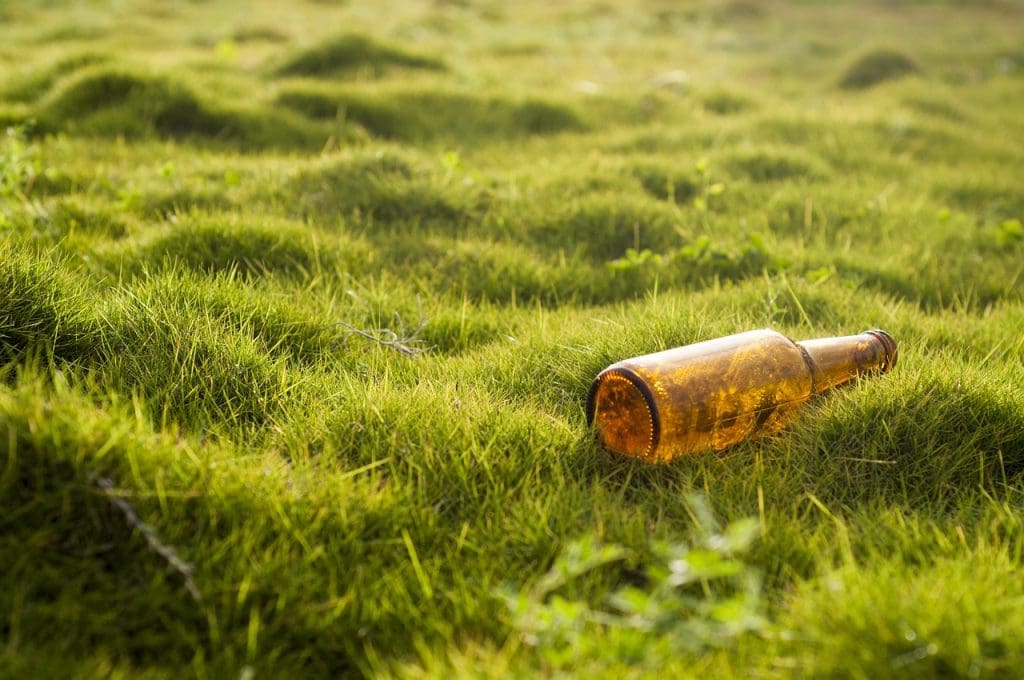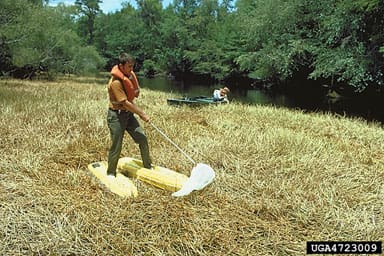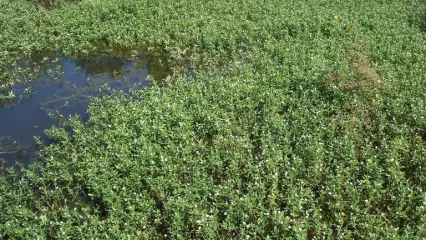In “Community Experiences With Alligator Weed Infestations,” you will discover the collective journey of various communities as they tackle the spread of the invasive alligator weed. This captivating piece highlights the challenges faced, creative solutions devised, and the resilience shown by residents working together to control this persistent plant. By sharing personal stories and experiences, this article gives you an in-depth look at how teamwork and perseverance can bring about positive change in the face of environmental adversity. Have you ever wondered how invasive plants can impact a community? Alligator weed, scientifically known as Alternanthera philoxeroides, is one such plant that has been raising concerns across various regions. This persistent pest not only affects the environment but also disrupts daily life in the communities that unwittingly become its host. Let’s dive into the community experiences with alligator weed infestations and explore how you, as part of your community, can tackle this issue effectively.

What Is Alligator Weed?
Alligator weed is an aquatic and terrestrial plant native to South America. It was introduced to the United States in the late 1800s through ballast water and quickly began to spread, causing ecological and economic problems in many regions. The plant can grow in aquatic environments like lakes and rivers as well as on land, making it incredibly versatile and hard to eradicate.
Characteristics of Alligator Weed
Alligator weed possesses several unique characteristics that make it highly invasive:
- Resilient Growth: It can survive in various environmental conditions.
- Rapid Reproduction: Root fragments can regenerate into new plants.
- Competition: It outcompetes native vegetation for nutrients, light, and space.
| Characteristics | Description |
|---|---|
| Resilient Growth | Survives different environmental conditions |
| Rapid Reproduction | Root fragments regenerate into new plants |
| Competition | Outcompetes native vegetation for nutrients, light, and space |
Why is Alligator Weed a Problem?
Alligator weed poses several problems, such as:
- Environmental Impact: It can alter water flow and degrade natural habitats.
- Economic Burden: Management costs can be high for both communities and local governments.
- Health Risks: Provides breeding grounds for mosquitoes, increasing the risk of disease.
A Sneak Peek into Community Experiences
It’s important to consider real-life experiences when evaluating the impact of alligator weed. Communities across America have had various encounters with this plant, shaping unique strategies for management and eradication.
Environmental Impact on Local Ecosystems
Alligator weed can disrupt local ecosystems by:
- Blocking Waterways: Thick mats of the plant can clog rivers and lakes, impeding water flow and affecting aquatic life.
- Displacing Native Species: It competes with native plants and animals for resources, threatening biodiversity.
Economic Toll on Communities
Managing alligator weed is often a costly endeavor that includes:
- Labor Costs: Employing people to manually remove the weed.
- Chemical Controls: Purchasing and applying herbicides.
- Equipment: Investing in specialized machinery for removal and control.
Health Concerns
Stagnant water due to blockages from alligator weed can become a breeding ground for mosquitoes, posing a health risk to residents. Diseases like West Nile Virus and Zika Virus are among the potential threats.

Community Efforts and Strategies
Communities afflicted by alligator weed have developed various strategies to manage and mitigate its spread. Here are some of the most effective measures:
Manual Removal
Involves physically extracting the weed from infected areas. This method can be highly effective but is labor-intensive and often needs to be repeated.
| Pros | Cons |
|---|---|
| Highly Effective | Labor-Intensive |
| Immediate Results | Needs Repetition |
Chemical Control
The application of herbicides is another common method. While it can be effective, chemical control often raises environmental concerns.
| Pros | Cons |
|---|---|
| Effective | Environmental Concerns |
| Easier Application | Potential Health Risks |
Biological Control
Introducing natural enemies, such as insects that feed on the weed, can offer a long-term solution. However, it requires careful planning to avoid unintended ecological consequences.
| Pros | Cons |
|---|---|
| Long-term Solution | Requires Careful Planning |
| Low Environmental Impact | Potential Unintended Effects |
Public Awareness Campaigns
Educating the community about the dangers of alligator weed and mobilizing local efforts can amplify the impact of any control measures.
| Pros | Cons |
|---|---|
| Community Involvement | Requires Continuous Effort |
| High Impact | Needs Effective Strategies |
Case Studies
Real-life examples often provide the most insightful lessons. Here are a few cases where communities tackled alligator weed infestations:
Case Study 1: Florida’s Battle with Alligator Weed
Florida has been hit hard by alligator weed over the years. The state’s warm climate and abundant water sources make it an ideal breeding ground for this invasive species. Communities have found a multipronged approach most effective, combining manual removal, chemical treatments, and public awareness campaigns.
Case Study 2: California’s Integrated Management Strategy
In California, a more integrated approach involving biological control has shown success. Researchers introduced a flea beetle species that feeds specifically on alligator weed, significantly decreasing its presence.
Case Study 3: North Carolina’s Community-Driven Efforts
In North Carolina, communities have taken a grassroots approach. Local volunteers, equipped with educational resources, organize regular clean-up events to physically remove the weed while spreading awareness about prevention methods.

Best Practices for Community Action
Adopting best practices can significantly enhance the effectiveness of management efforts. Here are some guidelines to consider:
Early Detection and Rapid Response
Catching the infestation early can prevent it from spreading uncontrollably. Rapid response teams can be crucial in this phase.
Coordinated Efforts
Pooling resources and collaborating with nearby communities and local authorities can make control measures more effective and less costly.
Use of Technology
Innovations such as drones for aerial surveys and GPS mapping for tracking infestations can improve efficiency.
Community Engagement
Actively involving community members in identification, reporting, and management activities can enhance collective efforts.
How You Can Help
Your role in combating alligator weed can be very impactful. Here are some ways you can contribute:
Report Sightings
Early detection is crucial. Reporting sightings to local authorities can help manage outbreaks before they escalate.
Participate in Local Efforts
Join local groups engaged in clean-up drives and educational campaigns.
Educate Yourself and Others
Stay informed and help spread the word. Knowledge is a powerful tool against the spread of invasive species.
Support Legislation
Advocate for policies that fund research, control measures, and public awareness initiatives.

Conclusion
Invasive species like alligator weed may pose significant challenges, but communities have proven that collaborative action and persistent efforts can significantly diminish these threats. Whether through manual removal, chemical control, or public education, the combined power of community efforts provides an effective means to tackle alligator weed infestations.
By playing an active role in your community, you can help curb the spread of this invasive plant and contribute to a healthier, more resilient local ecosystem. Your efforts, combined with those of others, can make a significant difference. So, let’s join hands and fight the weed!